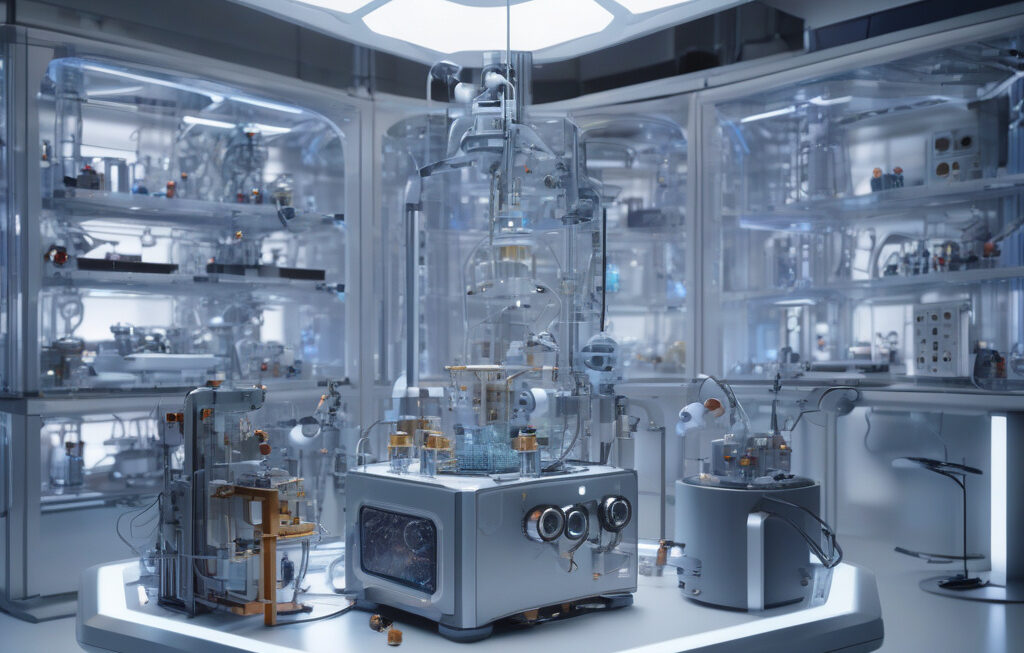Cheap, Scalable Hydrogen Fuel Production Possible with Surface Reconstruction Strategy
Scientists have demonstrated that a surface reconstruction strategy can enable affordable hydrogen fuel production. The innovative approach involves restructuring the surface of a catalyst to enhance its efficiency in splitting water molecules and producing hydrogen gas. This breakthrough has the potential to revolutionize the clean energy industry by providing a cost-effective and scalable method for generating hydrogen fuel.
Hydrogen fuel is considered a promising alternative to traditional fossil fuels due to its environmental sustainability and energy efficiency. However, one of the main challenges in widespread adoption is the high cost associated with current production methods, such as steam methane reforming or electrolysis. By utilizing a surface reconstruction strategy, researchers have found a way to overcome this barrier and make hydrogen fuel more accessible to industries and consumers.
The key to this innovative approach lies in the manipulation of catalyst surfaces at the atomic level. By carefully engineering the structure of the catalyst, scientists can significantly improve its catalytic activity, making the hydrogen production process more efficient. This not only reduces the amount of energy required for the reaction but also extends the lifespan of the catalyst, resulting in lower overall production costs.
In a recent study published in a leading scientific journal, researchers demonstrated the effectiveness of the surface reconstruction strategy in enhancing hydrogen production. By using advanced microscopy and spectroscopy techniques, they were able to observe the structural changes taking place on the catalyst surface during the reaction. This detailed analysis provided valuable insights into the underlying mechanisms driving the improved performance of the catalyst.
Furthermore, the scalability of this approach makes it even more appealing for commercial applications. Unlike other complex and expensive methods, the surface reconstruction strategy can be easily implemented in existing hydrogen production facilities with minimal modifications. This means that industries can adopt this technology without the need for significant investments in new infrastructure, making the transition to sustainable hydrogen fuel more feasible.
The implications of this breakthrough extend beyond the realm of energy production. Hydrogen fuel has the potential to revolutionize various sectors, including transportation, manufacturing, and energy storage. By enabling cost-effective hydrogen production, the surface reconstruction strategy opens up new opportunities for leveraging this clean energy source in diverse applications.
As the global demand for clean energy continues to rise, innovations like the surface reconstruction strategy are crucial for accelerating the transition to a sustainable future. By making hydrogen fuel more affordable and scalable, researchers are paving the way for a greener and more efficient energy landscape. With further advancements and collaborations in this field, we can expect to see significant progress towards a hydrogen-powered economy in the near future.
In conclusion, the surface reconstruction strategy represents a major milestone in the quest for cheap and scalable hydrogen fuel production. By harnessing the power of catalyst engineering, scientists have unlocked a pathway to a more sustainable energy future. As this technology continues to evolve and mature, we can look forward to a cleaner and more efficient energy sector driven by the limitless potential of hydrogen fuel.
hydrogen fuel, surface reconstruction strategy, clean energy, catalyst, sustainable future












